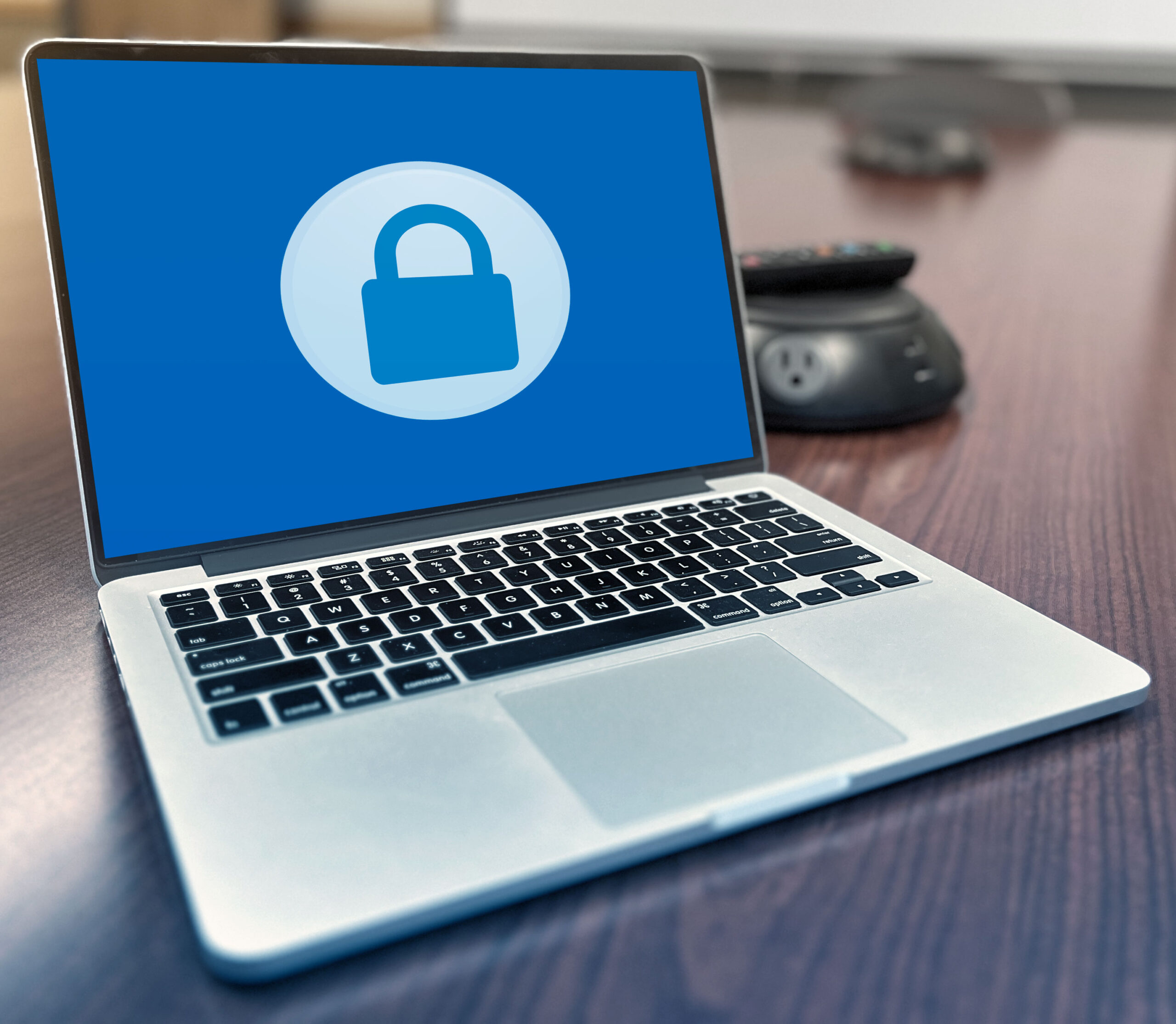 For our fourth and final week of Cybersecurity Awareness we are discussing something that is easy, takes only a few seconds to perform, and makes a massive impact in the realm of cybersecurity. We are talking about locking computers before you walk away.
For our fourth and final week of Cybersecurity Awareness we are discussing something that is easy, takes only a few seconds to perform, and makes a massive impact in the realm of cybersecurity. We are talking about locking computers before you walk away.
Locking your machine when you are away, even if you aren't leaving the classroom or general area, is a must. Your machine and account have access to sensitive student and district data, and, according to FERPA law, we must be diligent in protecting student data. Leaving a computer unlocked and unattended can violate FERPA law. Not only that, but it could violate other laws as well, such as the Children’s Internet Protection Act (CIPA). The district’s content filter is designed and set up to have more restrictions for students than for staff. If a student were to access a computer logged in as a staff member, they would have access to all the same things that staff member could access. This includes personal and professional files, file shares, web apps or sites that the staff member has set to “remember” or “auto login,” and internet-based content they normally wouldn't be able to access under their own student login.
Time for a thought experiment! Think about the last time you left your computer unlocked (We’ve all done it). Think about the kind of data and information that was left on your screen. Was it an email to a parent, colleague, or administration about a student or sensitive data? Was it a presentation that you had finished? Was it Skyward? What kind of data could be stolen, and how much damage could be done if a passerby decided they wanted to take a picture of your screen? How much damage could they do if they decided to sit down and comb through the apps that were left open and unattended? Let’s all recommit to locking our computers when we are stepping away, no matter how close or far away we will be.
- How To:
- If you are on a Windows PC, you can lock your computer as easy as holding down the ⊞ Windows key and pressing L.
- If you are on an Apple computer, press and hold ^ Control, ⌘ Command & Q keys. If this keyboard shortcut does not work, your computer is out of date and needs an update.
- If you are on a Chromebook, press and hold the 🔍 search key, which is the magnifying glass where the Caps Lock key would be, and press L.
